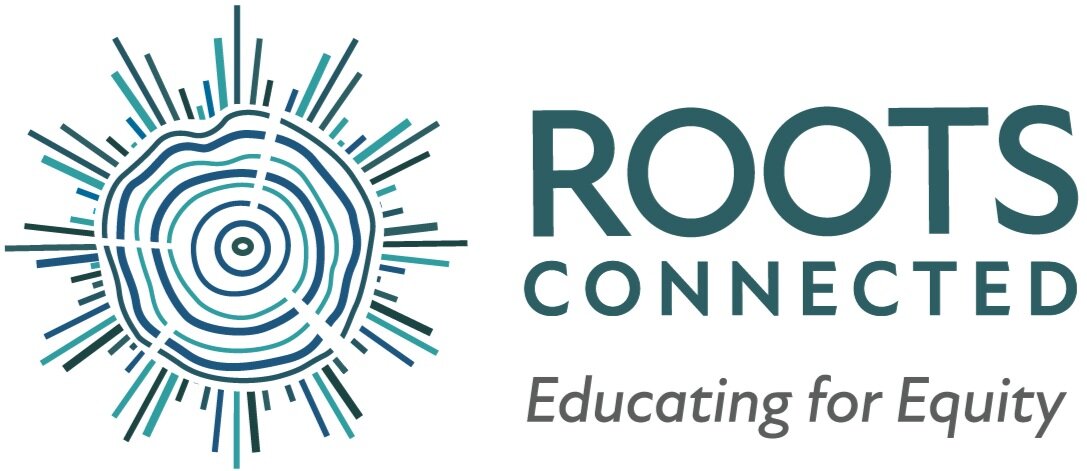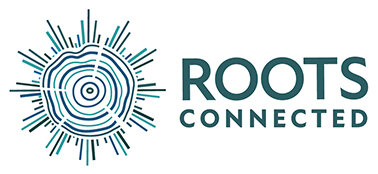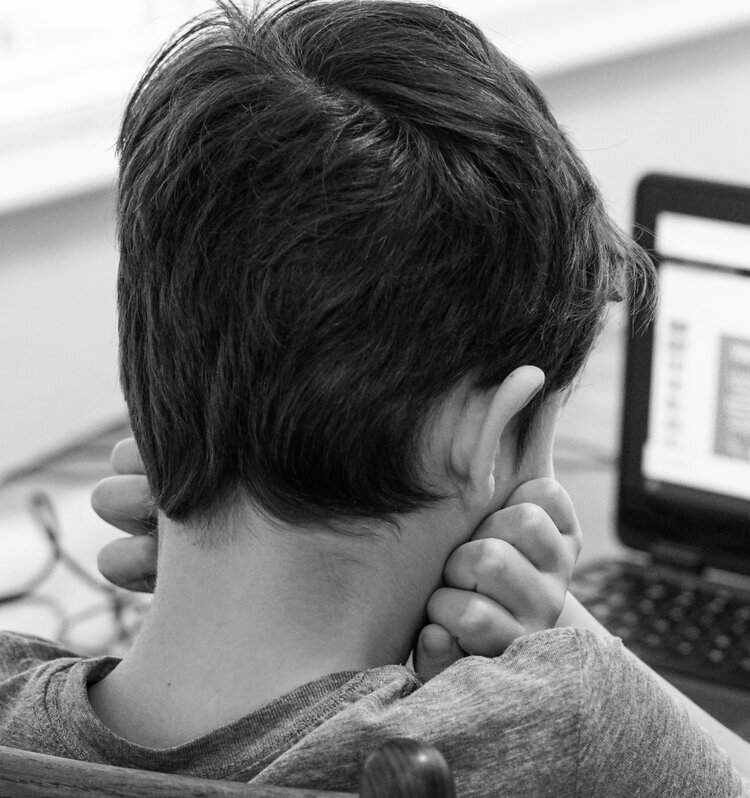Restorative Practices in Remote Learning
Contributors: Jillian Morgan and Nicole Keltai
Having a strong restorative practices approach is critical if we want to disrupt the school to prison pipeline and instead move towards authentically knowing our students as individuals. As school social workers working specifically with preteens, we know that they are adept at pushing boundaries and limits. Whether in school or during remote learning, we understand how important it is to consider how restorative practices fit into discipline parameters. The issues that have been brought to the forefront of the national discourse around the long-standing injustice and brutality against Black Americans as well as the ongoing impact of a global pandemic that continues to disproportionately affected BIPOC make it imperative for us to think about ways we are reimagining school communities and dismantling ideas around the school to prison pipeline to disrupt these patterns from persisting. Remote school is new, we are all working to figure out best practices and how our students will best access information in this format. Now, more than ever, the importance of approaching relationships and healing in the school setting is heightened.
One of the critical components of a restorative practices approach is following the “80/20 rule”. This rule states that 80% of the time we should be working on building authentic relationships with our students, so that when we do need to repair harm (20% of the time) the foundation of our relationship is built. It is now more important than ever to make sure that teachers and staff are connecting with students who are remote and may be missing their usual daily school connections. Asking questions that are outside of academics, learning their interests, and understanding their hopes and fears, all help to foster connection. In addition to our role as school social workers we have the honor to also lead Crew/Advisories in our community. During this time, we are able to connect with kids by checking in 1:1 with students and their families, and connecting through team building check-in’s and activities. This is one way in which we contribute to that 80% of relationship building and encourage teachers to do the same. Remote learning presents additional challenges around this: issues with logging onto Zoom, engagement through a computer screen, and a lack of ability to really sense what is happening for a student in person. We do our best to reach a child however we can, involving the family in the process to make sure we stay connected. While we know the extreme demands being currently placed on teachers, relationship and community building is one area of practice we strongly urge educators to lean into during this critical time.
In this new normal we are thinking about scenarios we never have before, one of which being the use of cameras. There is a lot of debate around cameras being on/off during Zoom classes. By keeping the camera on, we now get a glimpse into a students home - a place most school professionals never see. In addition to being able to see once private spaces on screen, there seems to be a variety of reasons that a student’s camera is not on; everything from tech issues, to discomfort seeing oneself in front of the camera, to kids being distracted and off task. Having to keep the camera turned on exposes a child in their home life which has typically been something that students can keep separate from their school life.
In the last few weeks, we have been trying to take a restorative approach to handling this by focusing on building relationships with students to help them around this challenge. We have found that the following steps have been helpful in establishing a rapport with students:
Asking the whole class to put the camera on
Chatting 1:1 with the student to troubleshoot issues (asking questions like: Is there an issue with your camera? Can you please put your camera on?)
Creating a separate space (like a breakout room) with the child to discuss
Asking students to stay in the Zoom after you dismiss (time permitting)
Ultimately, we would want to know if the student is okay, if something else is going on, and what we can do to help. After trying the options above, we would suggest that educators give the child a call. Here are some talking points that may be helpful:
This is the beginning of the year and I want you to feel successful, how can I support you to meet classroom expectations like turning your camera on?
You are an important part of our class community
What can I do to help make this right?
Is there something you need that I can help with?
Are you sitting somewhere that feels like it's a good space to learn?
Want to practice on a zoom 1:1?
Can I help you download a background?
Can I send you a poster to hang up behind you?
Would it helpful to put a piece of paper or post it on screen where your zoom box is so you block your own face and not feel as distracted by it?
Is there someone on staff you feel most comfortable talking to about this? Can I let them know you want to talk about it?
Please note that sometimes these talking points will work and at other times this conversation will be a continuous one. It may require looping in key stakeholders, and working with the student to build confidence in this area. It also may not even be an issue about the camera itself but an entry point into understanding the students’ needs holistically. It’s important that we approach this from a restorative and healing lens vs a punitive one. We are all a work in progress, this is uncharted territory for us all.
There are so many new hurdles when it comes to remote learning that every educator around the country is trying to address on a daily basis. What we do know is that strong relationships and really knowing our students is key to addressing any hurdle we face. While schools continue to implement best practices, our role as social workers is to reflect on our decisions and make sure that our practices are trauma-informed and restorative. This process of reflection is part of our ongoing work as we continue to support educators and our school community.



